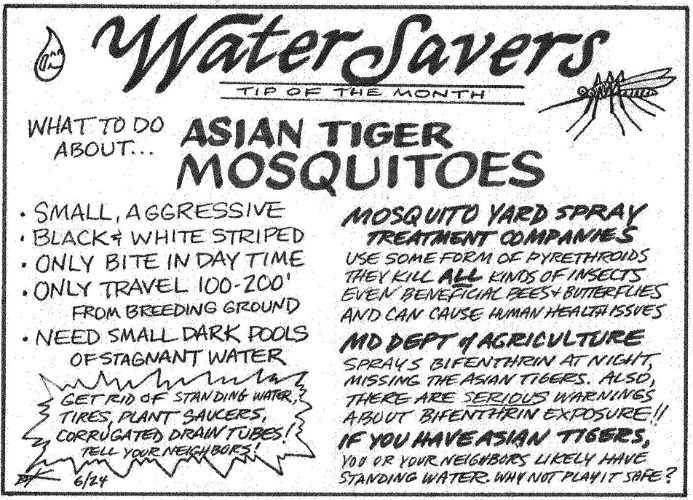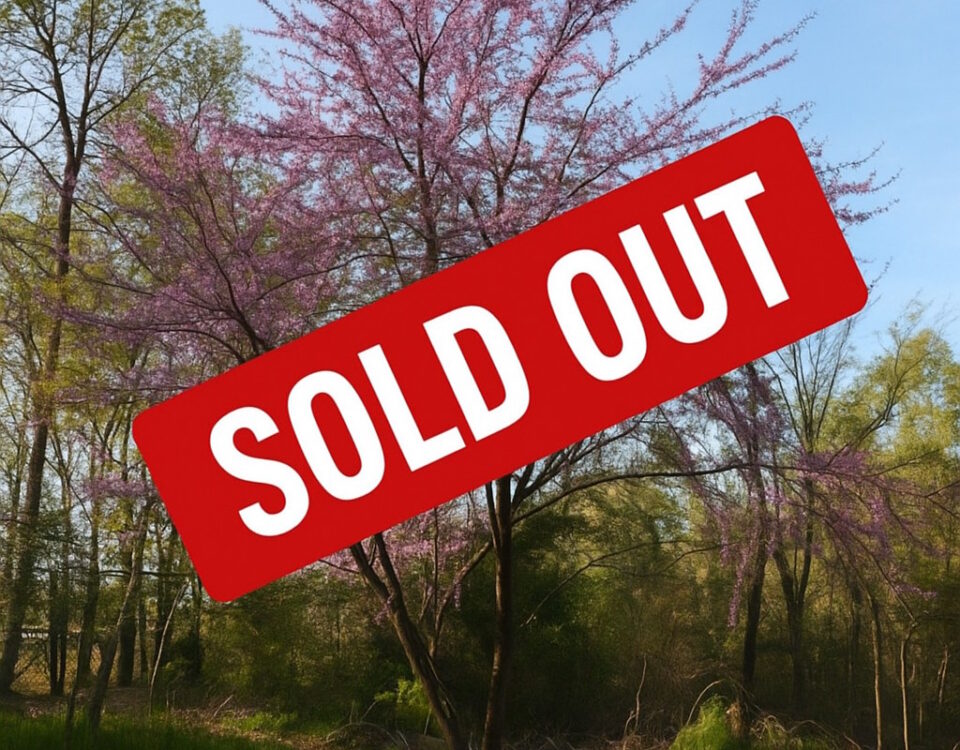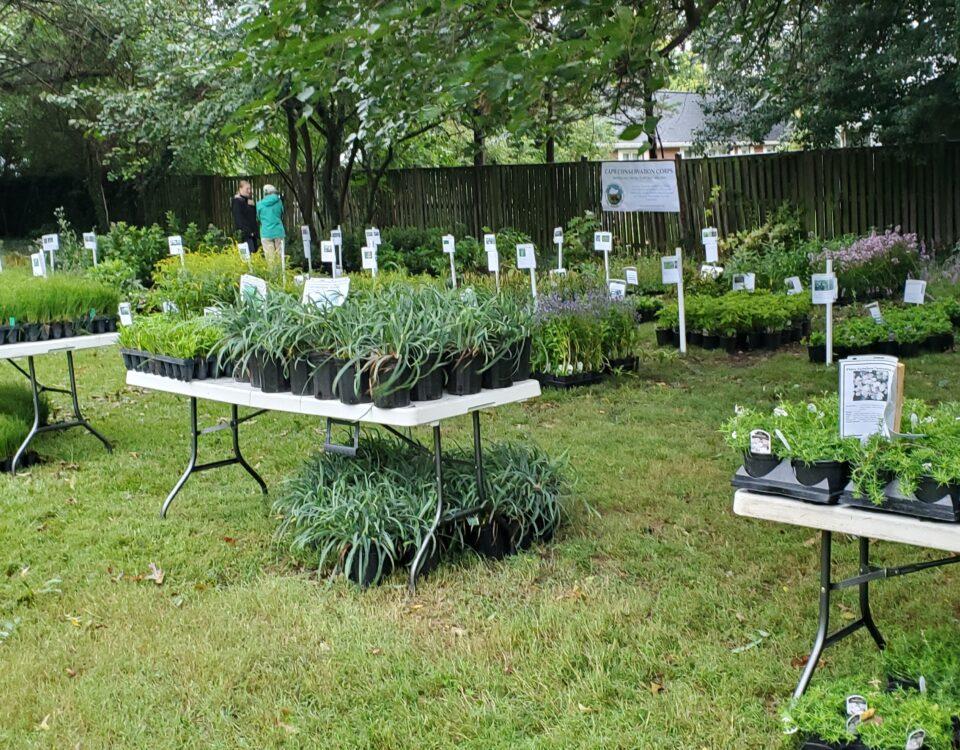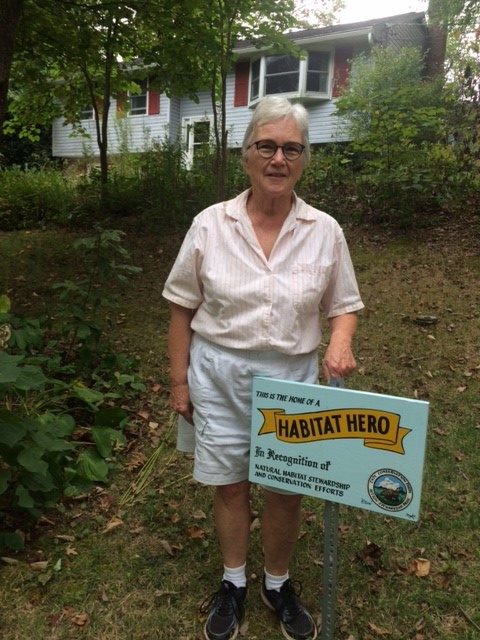
2019 – Habitat Hero – 9 – September
September 20, 2019
Practical Ways to Reduce Storm Water Runoff
November 11, 2019By: Stacey Wildberger
I am once again appealing to your lazy side when it comes to fall gardening chores. I am asking you to consider leaving the leaves, resisting the urge to cut back the stalks and let Mother Nature be her own housekeeper. If we are to garden for wildlife and adopt an attitude of “re-think” pretty your fall to-so list can list can be greatly reduce, leaving time for football, bonfires and apple picking. The bees, butterflies, birds and even small mammals will greatly benefit as well from your lazy gardening style.
Let’s talk about the leaf litter, I know Cape has a great many trees in most parts so you may not be able to leave them all but consider using the leaves in your yard as natural mulch and fertilizer as well as habitat and food for wildlife. By letting the leaves accumulate where they fall or even moving them to garden beds you are letting Mother Nature fertilize your yard for you. The leaves will break down naturally over time adding rich organic matter to the soil. You can speed up the process by mulching the leaves; although it is preferable to wait until spring to mulch the leaves as many of our butterflies, moths, bees and other insects will use the leaf litter to overwinter, emerging in the spring. These are beneficial bugs and pollinators that are greatly needed in the ecosystem. In addition to adding to the fertility of the soil you are also increasing the soils ability to penetrate and retain water. Another benefit to those leaves are a source of food during lean times. There are many birds and even small animals that forage on those hibernating insects and keep them fed throughout the long winter. One of my favorite insect-foraging birds is the flicker. He will root through your leaves looking for tasty treats! Instead of wasting energy raking and bagging leaves this fall consider leaving at least some of them and using them as natural fertilizer, topsoil, habitat and a food source for the local fauna.
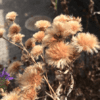
Another chore you can skip is cutting down the stalks of your dead perennials. There is still a lot of life left in them! Once again, they are a valuable food source for our migrating and over wintering birds. The sight of a goldfinch clinging to an Echinacea seed can be a bright spot on a dreary winter’s day. Those high fat content seeds can fuel our feathered friends through the old winter, keeping them energized and warm. Those fluffy seed heads can make excellent nesting material in the spring mating season. There are also many insects that will overwinter in the stems of the flowers as well. In particular hollow or pith filled stems make the perfect winter home for these beneficial bugs. I find Joe Pye Weed, Baptisia (False indigo), Helenium sp. (Sneezeweed), Echinacea (Coneflower) are ideal stems for overwintering. Once spring comes you can cut the stems, leaving 12-18” standing to accommodate the late risers and even as fresh nesting sites. As the plants sprout new growth you won’t even notice those hollowed stems left behind. Some examples of insects that will use your garden litter are queen bumblebees, swallowtail caterpillars, frogs, spiders, and beetles.
Many of you may have seen the troubling report that came out recently on the decline of birds, nearly 3 billion since 1970. Many of those are the backyard birds we enjoy viewing at our backyard feeders and natural areas in the community. There are many reasons for the decline, including habitat loss, pesticide use, insect declines, climate change as well as direct threats such as window strikes and cats. We can help our backyard friends by beginning to think differently in who we are gardening for. By leaving our yards a little bit “messy’ and skipping a few autumn chores we can provide much needed habitat and food source. The food web is occurring right in your backyard. If you provide the habitat required for insects to overnight in, they become the food birds require to rear their young on (96% of terrestrial birds feed their young insects). By leaving the seed heads, grasses and other debris you are providing the nesting material they need as well. During this time of mass extinction we have a responsibility to those without a voice to provide for them in our own landscapes. It may seem to be a drop in the bucket but by recognizing our place and obligation we will begin to make broader changes that can make a difference. Start in your garden, encourage others to re-think pretty and begin to see changes. Our landscapes can be both beneficial to other species and beautiful to the human eye. One of my favorite winter views is looking out over the garden with its standing stems and leafy ground, seeing the snow cling to the upright forms. I much prefer that to stripped down, mowed, and raked bare landscape. Void of any life.
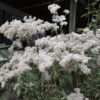
There are some things you can so this fall and winter if you cannot sit idle. Plan a new native garden for next year. You can prep the area now putting down a layer of cardboard or newspaper and piling compost, and those extra leaves. By next spring your new plot will be ready to plant. As I always do, I encourage you to plant native plants as they have co-evolved with the local fauna and are best prepared to nourish our local ecosystem. Fall is also a great time to plant as well, which is why we have our plant sale in the fall……
Which brings me to my final point, a great BIG THANK YOU for all the support the community gave to our Native Fall Fest and Plant Sale. We were overwhelmed by the support that you showed. You came early, you bought it all and I hope you learned something too from many of the experts we had on hand. Chris Pax, a local landscape designer (by local I mean a Cape resident) was on hand to guide people in selecting the right plants for their landscape, advice of what plants work well in what conditions. In addition to her landscape design business Chris is making a series of videos that you can watch at home on a variety of plants and gardening topics. Her first one, all about Ferns is available on her website https://www.annapolisnativelandscape.com/. I highly recommend it! You can also check out the landscape design services she offers. Nancy Lawson, author and blogger who is “cultivating compassion for all creatures great and small” was there to share how plants and animals interact and what to plant to attract pollinators and butterflies, provide habitat, and what host plants certain butterflies need to lay their eggs. Check out her website for great articles and her book “The Humane Gardner: Nurturing a Backyard Habitat for Wildlife” https://www.humanegardener.com Other great partners were the AA Co Watershed Stewards with a great demo on slowing down runoff using native plants, the Master Gardeners were there to share their Baywise program with us and tell you how you can become Baywise Certified. Thanks also to Adkins Arboretum for sharing their expertise and the great work they are doing at their Ridgley, MD location. The Fest/Sale was sold out by the end with many plants sold out in the first hour. Hope you got everything you were looking for but if not we will be back next fall with more great native plants at super low prices! Thanks again for coming out and adding native plants to your landscapes.


